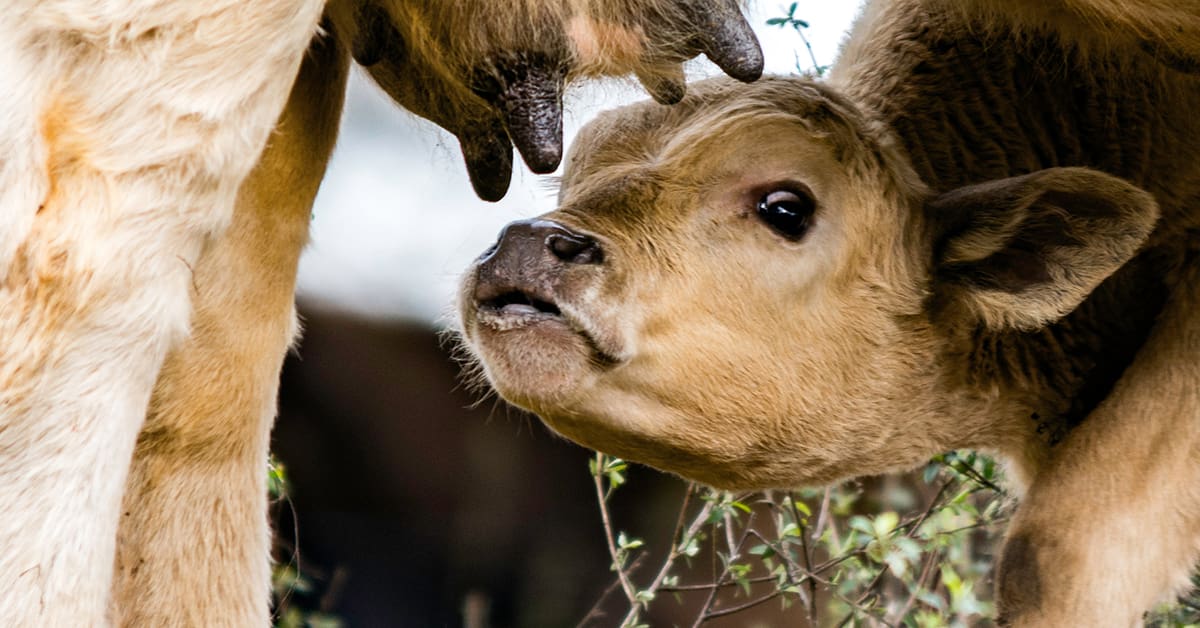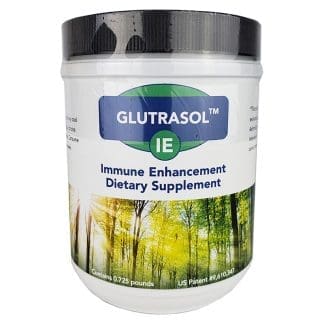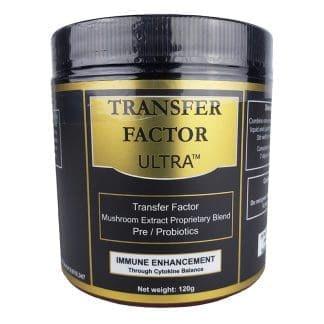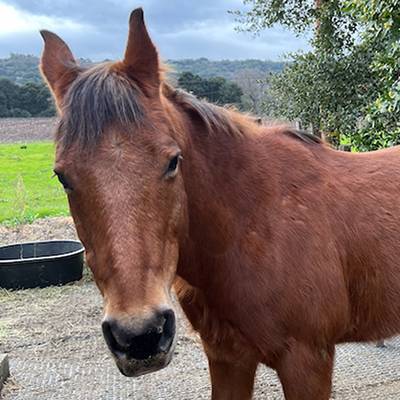
Introduction to Transfer Factor
Transfer factor consists of a powerful collection of low-weight proteins known as cytokines. These proteins act as messenger molecules, enabling communication between immune cells. This intercellular communication allows immune cells to work together as a coordinated team, which is essential when responding to an invader.
When the immune system’s response is swift and effective, the invader can be defeated before it has a chance to multiply and gain strength. As a result, symptoms may be avoided entirely or experienced only at a mild level.
Hundreds of published articles highlight the benefits of transfer factor.
Numerous published articles highlight the benefits of transfer factor, often with enthusiastic recommendations and recognition of its strong safety record. Scientific studies have shown a dramatic increase in “killer cells” by a factor of four to five times. Additionally, the antibodies produced by animal vaccines have increased three to five times when transfer factor is administered.
Introduction to Transfer Factor
Transfer factor is included in the U.S. Physician’s Desk Reference, and Russian hospitals have successfully used it for decades as a frontline remedy.
The same cytokines are involved in both animals and humans.
Transfer factor is well-named because the benefits are transferable among species. Transfer factor from a cow, sheep, or goat is effective in pigs, horses, humans, and other animals. The same cytokines are involved in both animals and humans.
Cow Colostrum
The predominant raw material source for transfer factor is cow colostrum. Colostrum is the mother’s first milk and is the vehicle for transmitting immunity from mother to calf. Without colostrum cytokines, the calf would be defenseless against opportunistic invaders.
Transfer factor is roughly a 1:1000 to 1:2000 concentration of colostrum. Low-weight proteins are retained; the remaining colostrum (fat, liquid, whey, etc.) is discarded. Colostrum should not be substituted for transfer factor. Colostrum is 1,000 to 2,000 times too weak.
Not all Transfer Factors are equally effective
Not all transfer factors are equally effective. Without source knowledge, equating two transfer factor products is a risky endeavor. A low-cost product will likely disappoint, so careful analysis of the transfer factor content is crucial when selecting a formulation.
Researchers at CortControl have enhanced potency by combining colostrum from multiple herds.
Introduction to Transfer Factor: Colostrum contains hundreds of cytokines, and those present in it reflect the mother’s prior immune responses. Not all herds are subject to the same environmental challenges, so the composition of colostrum varies by herd.
Introduction to Transfer Factor: Superior Immune Support
The variety of pooled-herd cytokines is greater than the variety of single-herd cytokines. This translates into superior immune support. A greater variety of cytokines opens up more pathways for immune functioning, and the immune cells have more options to execute.







